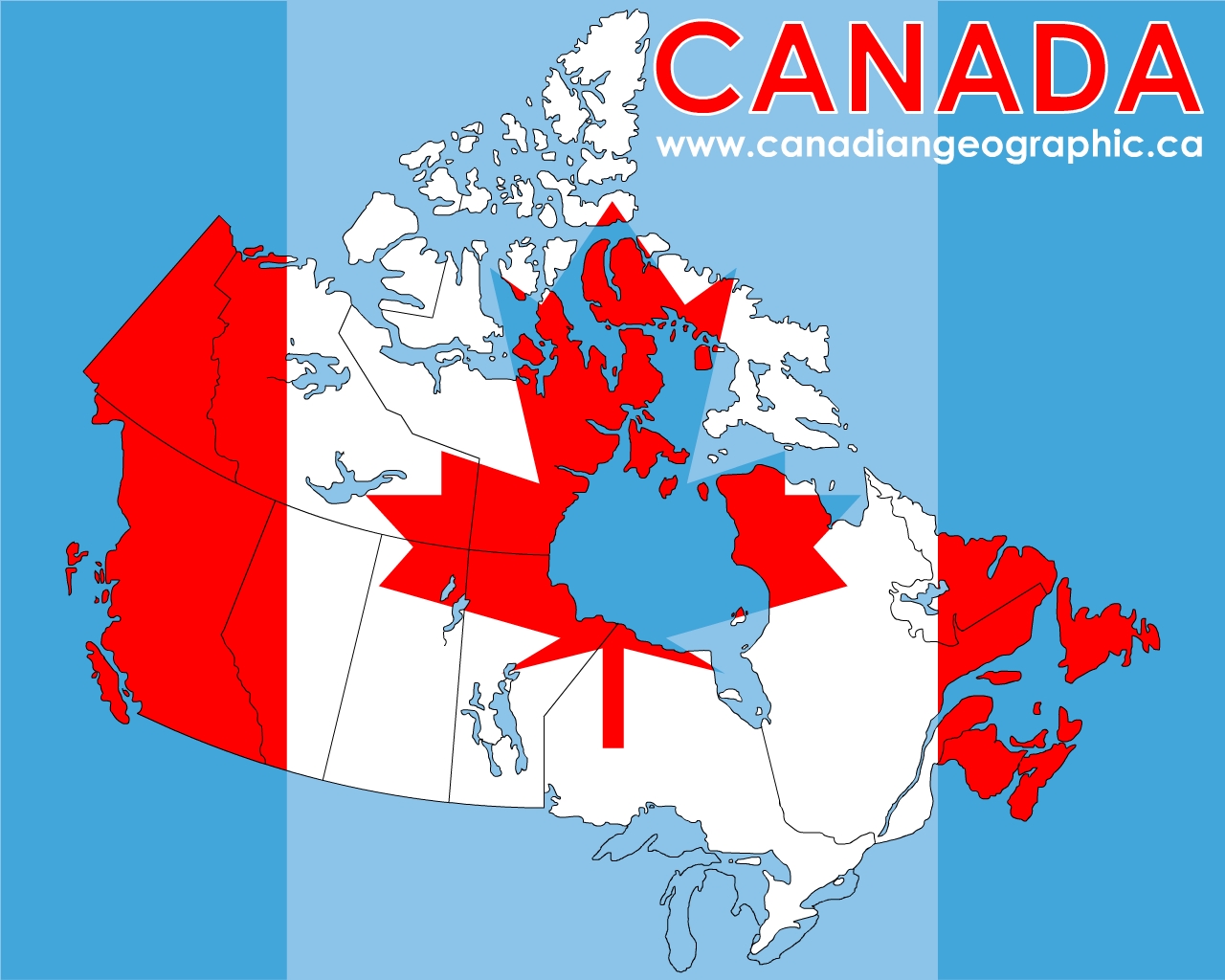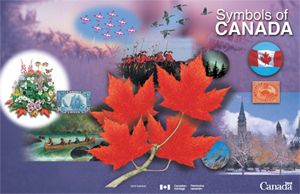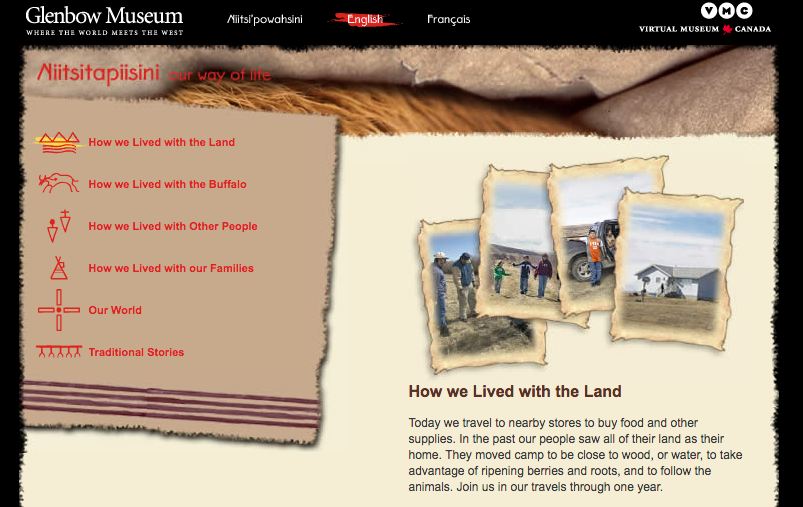U4L2 Canadian Identity
| Site: | MoodleHUB.ca 🍁 |
| Course: | Social 20-1 RVS |
| Book: | U4L2 Canadian Identity |
| Printed by: | Guest user |
| Date: | Friday, 26 December 2025, 9:45 AM |
Description
U4L1
Introduction
Key Issue
To what extent have attempts to promote national identity been successful?
Myths, institutions and government programs and initiatives have been used to promote a national identity, and how individuals can promote a national identity.
Consider the following questions while working through this lesson:
- Is it important to you that Canada have a distinct identity?
- If it is important to you, what parts of its identity are most significant? If is is not important, why isn't it to you?
Click on the link below for ten facts about Canada.
 |
TERMS |
Lesson
![]() RESOURCES
RESOURCES
Read and refer to Chapter Fourteen as your resource for completing this lesson's assignment.
Native Peoples' Historical Political Events
PDF Documents
Native Peoples' Historical Political Events
![]() LESSON
LESSON
Canadian national sentiment developed slowly after Confederation reflecting the strengths of provincialism and, in English-speaking Canada, the overriding sense of membership in the British Empire. There were glimmers of nationalism in the CANADA FIRST movement of the 1870s, and among writers of the 1890s.
Canada's participation and sacrifice in the First World War and its success on battlefields such as Vimy Ridge did much to create a sense of distinct nationhood. The aftermath of the war also brought a surge of cultural nationalism, centered in Toronto and reflected in products such as the paintings of the Group of Seven.
Political nationalism, under the guidance of the Liberal government of Prime Minister Mackenzie King was directed against the fading symbols of colonial ties with Great Britain. This anti-colonial nationalism met no resistance from Great Britain, but it conflicted with the attachment many English-speaking Canadians felt for British symbols. Governments and citizens often use symbols to portray what they think is important about their country's history, nationhood and the role in the world.
What Makes Us Canadian?
Watch the following video to learn what Canadians had to say about their identity to reporter, Cameron MacIntosh.
Watch the following video to learn about the various factors that impact identity.
Canadian Identity
 |
Assignment
PLEASE NOTE THAT DUE TO THE COVID 19 PANDEMIC STUDENTS ARE NOT TO COMPLETE THIS ASSIGNMENT. PLEASE PROCEED TO THE U4L2 OPEN BOOK QUIZ, LISTED LOWER DOWN ON THIS PAGE.
Open the following Canadian Aboriginal History assignment and complete the questions as you watch the following videos.
Label this assignment SS20U4L2.surname and submit this assignment using the Assignment Folder for U4L2 Aboriginal History.
Be sure to write the Unit 4 Lesson 2 open book quiz, as well.
Part A - (Aboriginal History) - 30 marks
Part B (Greatest Country) - 10 Marks
Part C Niitsitapiisini (European contact) - 10 marks
Total - 50 Marks
2. Canadian Aboriginal History: Silence
3. Greatest Country on Earth

Glenbow Museum - Niitsitapiisini - Our Way of Life
http://www.glenbow.org/blackfoot/EN/html/how_we_lived_with_our_families.htmPLEASE COMPLETE THIS OPEN BOOK QUIZ
![]() Click on the following link to write your Unit 4 Lesson 2 open book test.
Click on the following link to write your Unit 4 Lesson 2 open book test.
Evaluation and Conclusion
Evaluation
Part A - (Aboriginal History) - 30 marks
Part B (Greatest Country) - 10 Marks
Part C Niitsitapiisini (European contact) - 10 marks
Total - 50 Marks
Conclusion
Symbols and myths can both help to portray a nation's identity. People turn to symbols and myths as forces that unify and promote national identity. They foster pride and loyalty.